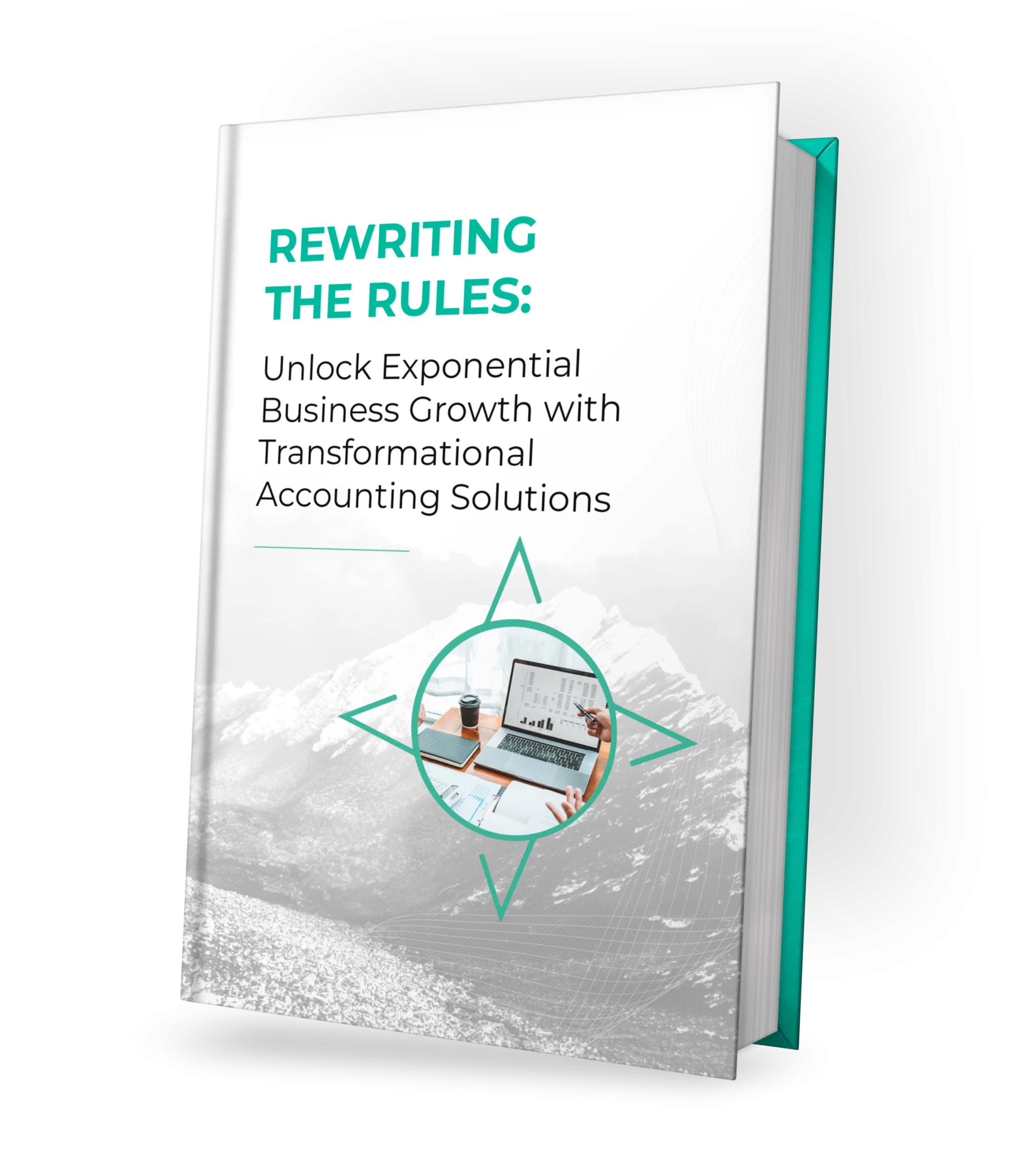Scaling a business is exciting but presents unique challenges if your company infrastructure isn’t ready to support the growth. Building a growth strategy ensures that new customers are seamlessly onboarded, operational efficiencies are maintained, and customer satisfaction remains high.
In this article, we include a guide on creating a scalable infrastructure across your business, allowing you to grow without compromising quality or experience. This guide will walk you through key growth strategies to ensure sustainable and efficient scaling.
Table of Contents
- Hiring the Right Team for Long-Term Growth
- Establishing Scalable Financial and Operational Infrastructure
- Building Repeatable Processes for Consistent Customer Experience
- Setting Metrics and Tracking Progress with Key Performance Indicators (KPIs)
- Cultivating a Growth-Ready Culture
- Conclusion: Building a Foundation for Sustainable Growth
Hiring the Right Team for Long-Term Growth
Growth often demands additional resources, but it’s critical to bring on the right people who can support your scaling goals and adapt to a dynamic environment. Building a team that aligns with your growth strategy ensures stability and consistency as your business expands.
Recommendations:
- Define Key Roles Early: Identify core roles essential for growth and plan a phased hiring approach. This should include positions that will be responsible for managing increased workload in customer service, operations, and product development. This may also mean hiring well in advance of anticipated growth in order to ensure the property training to handle new business.
- Prioritize Adaptability: Look for hires who can adapt quickly and are comfortable in a fast-growing company, as they’ll be better suited to handle evolving responsibilities.
- Invest in Training Programs: Develop a structured onboarding and training program to help new hires quickly get up to speed, minimizing any impact on customer experience.
Establishing Scalable Financial and Operational Infrastructure
A well-designed financial and operational framework provides the foundation for supporting a larger customer base and maintaining financial control. Efficient systems and processes will allow your business to manage increased volume without creating bottlenecks. Setting up this infrastructure is a core component of a solid growth strategy.
Recommendations:
- Build the Right Support Team: Whether in-house or outsourced, having a finance and accounting team that can support your business operations is critical to scaling. Ensure your team includes individuals with the expertise to handle current needs but who can also grow with the business. This may involve outsourcing certain functions like accounting, finance, or IT to specialized providers that offer scalable support options.
- Implement Scalable Financial Systems: Use an ERP system or accounting software that can easily handle more transactions as you grow, minimizing the need for future migrations- we recommend QuickBooks Online or Sage Intacct. Cash flow monitoring tools can also be valuable to ensure sufficient funds are available for expansion activities.
- Standardize Operations with Technology: Invest in CRM, project management, and customer service tools that streamline operations and reduce the need for manual processes. Automation in these areas allows your team to handle higher workloads efficiently.
- Prepare for Demand Fluctuations: Set up systems to anticipate and handle seasonal or cyclical demand changes, especially in inventory and supply chain management. This helps avoid service disruptions as demand grows.
Building Repeatable Processes for Consistent Customer Experience
Growth often means new customers—and with that, the need to provide them with a consistently positive experience. By building structured, repeatable processes, you create consistency in the customer journey, which is essential for retention and brand loyalty. This is a fundamental growth strategy that can make scaling smoother.
Recommendations:
- Document Key Workflows: Map out and document essential processes like customer onboarding, order processing, and support requests. Standardizing these workflows makes it easier for new team members to quickly learn and execute tasks, ensuring consistency.
- Establish Quality Control Measures: Integrate checkpoints within your workflows to maintain service quality. For example, define customer service response times or product quality standards and monitor adherence.
- Automate Repetitive Tasks: Use automation for routine interactions such as order confirmations, customer follow-ups, or payment processing. Automation reduces manual errors, allowing your team to focus on tasks that require personal attention.
- Gather and Act on Customer Feedback: Regularly collect feedback through surveys, reviews, or direct outreach, and use these insights to refine your processes. Continuous feedback helps you identify gaps in your operations and improve customer experience as you grow.
Setting Metrics and Tracking Progress with Key Performance Indicators (KPIs)
Growth should be intentional and measurable. By setting clear metrics, you gain insights into which strategies are effective and where adjustments are needed. KPIs allow you to make data-driven decisions that align with your growth strategies.
Recommendations:
- Identify Core KPIs for Growth: Choose metrics relevant to your business, such as customer acquisition cost (CAC), customer retention rate, average order value, and net promoter score (NPS). These provide a holistic view of both financial performance and customer satisfaction.
- Use Dashboards for Real-Time Monitoring: Implement dashboard tools to visualize key metrics in real time, enabling you to identify trends and make adjustments quickly.
- Schedule Regular Reviews: Set up a cadence for reviewing KPIs, such as monthly or quarterly, to assess progress and recalibrate your strategies as needed.
- Monitor Customer Experience Metrics: Beyond financial metrics, track customer satisfaction, complaint resolution times, and other service-related KPIs. This ensures that your growth doesn’t negatively impact customer loyalty or experience.
Cultivating a Growth-Ready Culture
Building a culture that values flexibility, accountability, and a growth mindset is another important step. This ensures that as your business scales, your team is aligned with growth goals and prepared to adapt to change. An adaptable culture can support any growth strategy, as it keeps the team motivated and focused on growth milestones.
Recommendations:
- Align Team Goals with Growth Objectives: Communicate clear growth targets across departments and link individual roles to these objectives. This encourages a sense of ownership and alignment with the company’s vision.
- Encourage Cross-Department Collaboration: Growth phases require interdepartmental collaboration, particularly between customer service, operations, and finance. A culture of collaboration fosters innovation and problem-solving.
- Celebrate Milestones: Recognize and reward the team for reaching growth milestones, reinforcing motivation and maintaining morale during rapid expansion.
Conclusion: Building a Foundation for Sustainable Growth
Creating a scalable infrastructure in anticipation of growth allows your business to expand confidently without compromising service quality. By assembling the right team, establishing scalable financial and operational systems, creating consistent processes, tracking performance metrics, and nurturing a growth-oriented culture, you’ll be better positioned to manage increased demand.
Scaling is a journey best navigated with preparation and agility. By laying the groundwork now, your business can achieve sustainable growth and build strong, lasting customer relationships along the way. If you would like to learn about how to build scalable financial infrastructure for your business, contact us.

